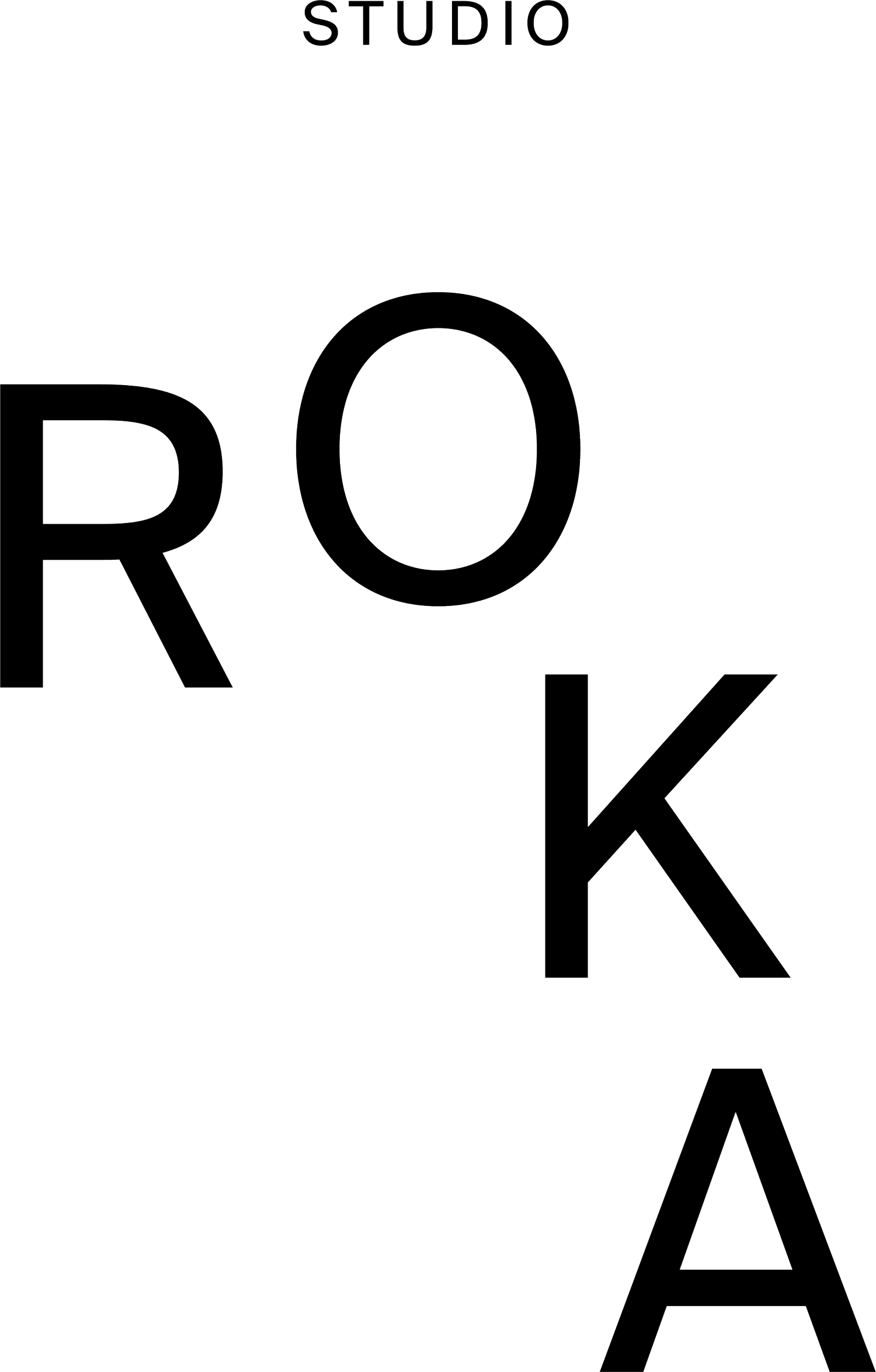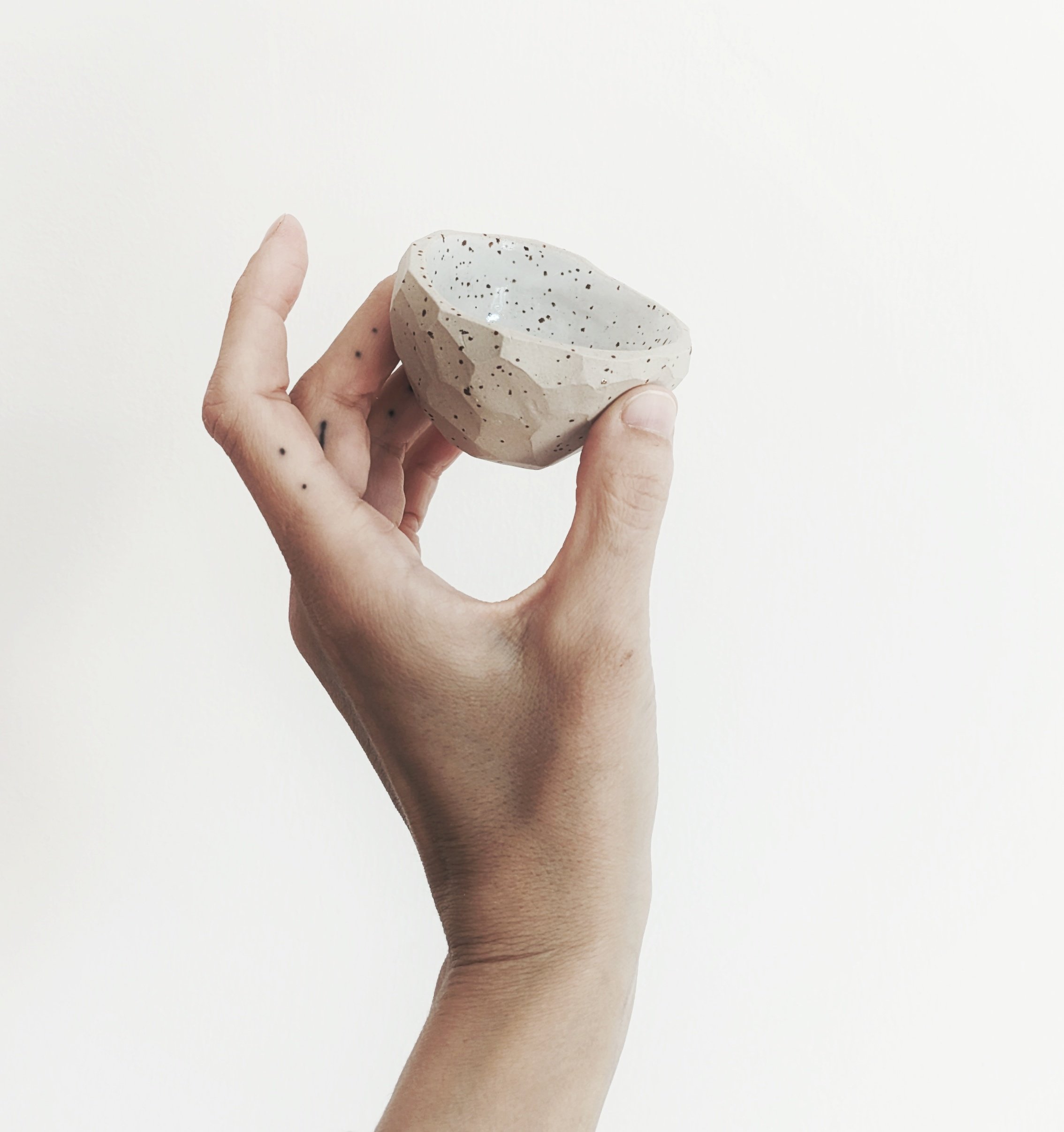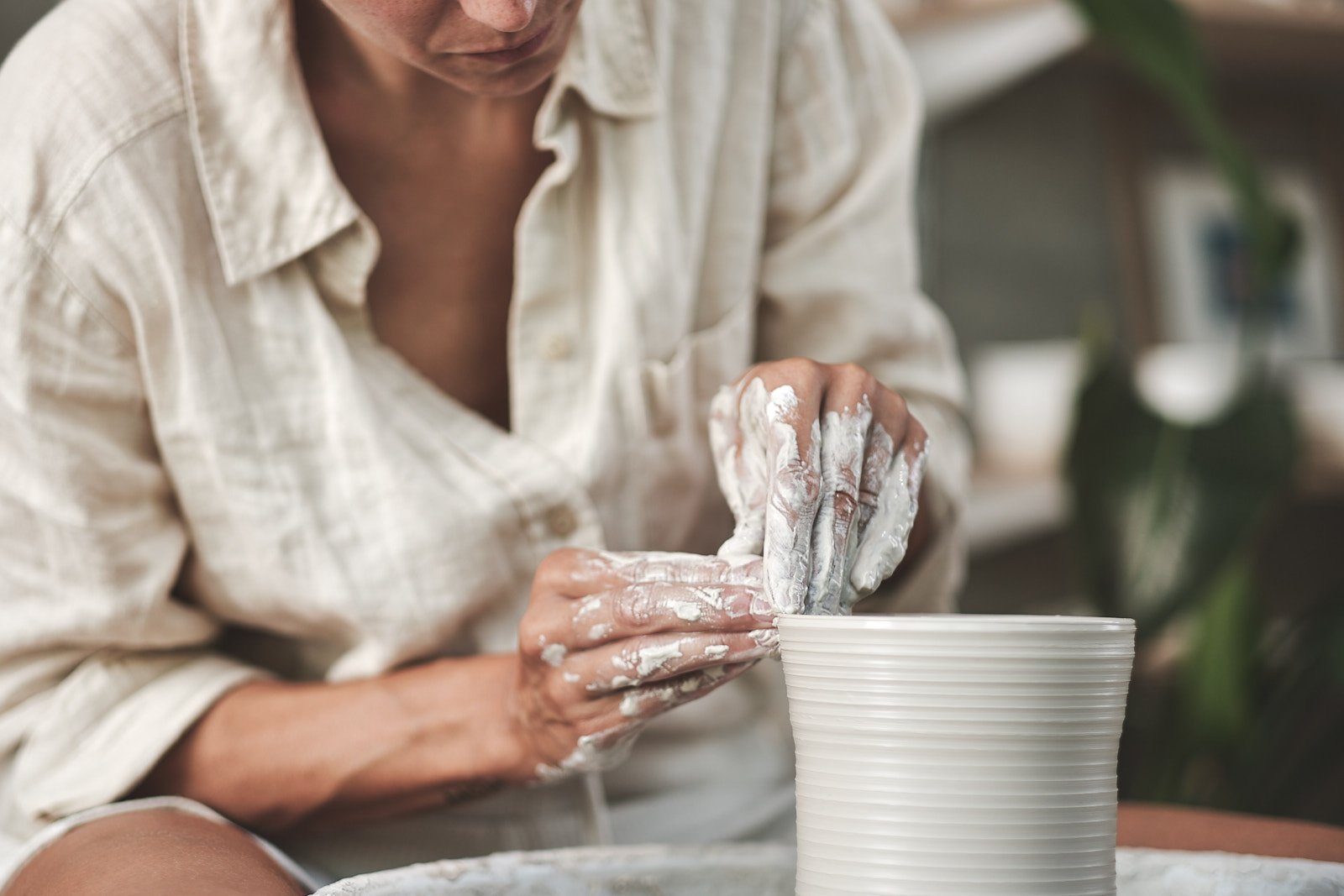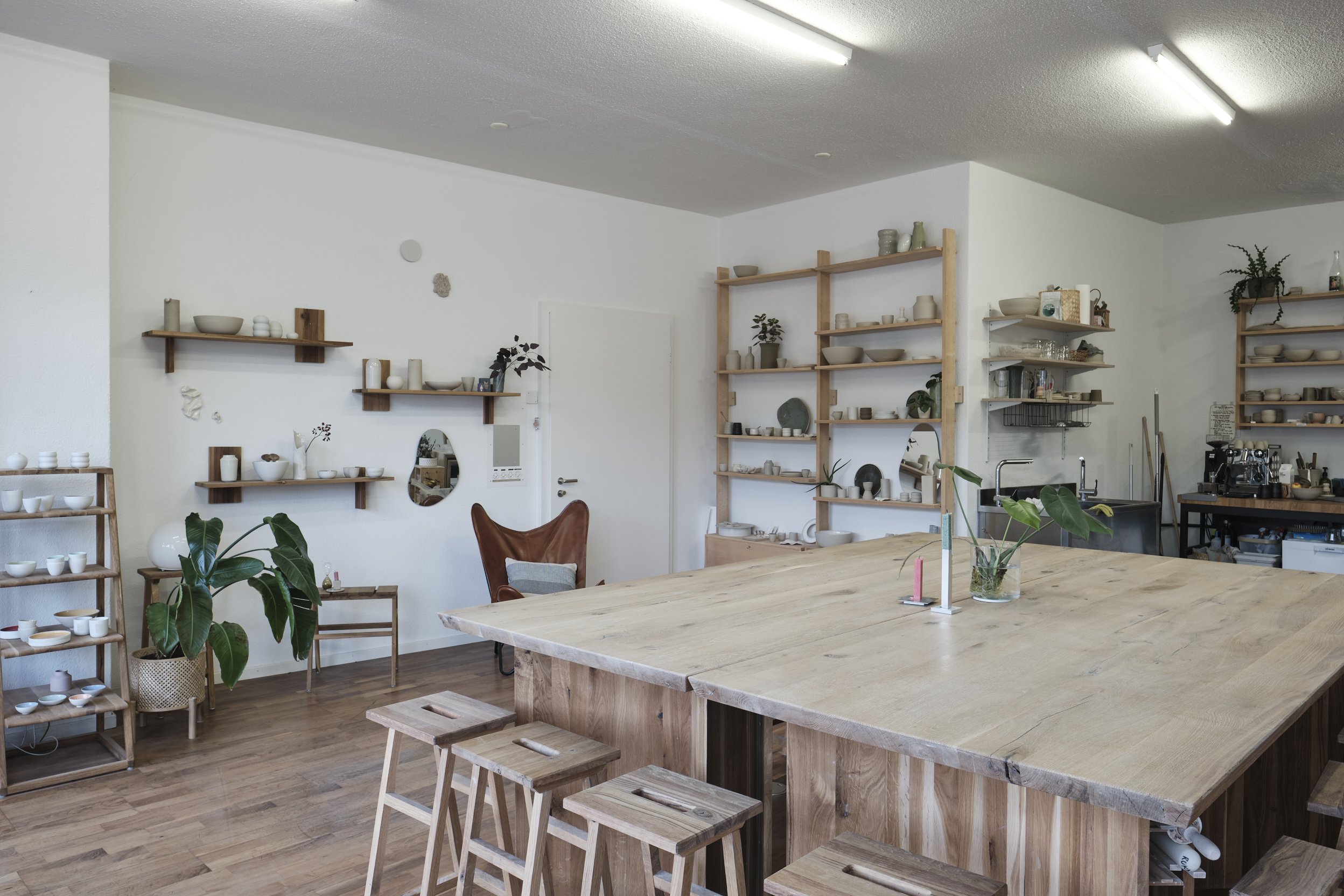A Comprehensive Overview of Pottery Techniques
Clay is a versatile medium that offers myriad possibilities for artistic expression. Whether you're a novice or an experienced potter, understanding various pottery techniques is essential. In this blog post, we'll delve into some common pottery techniques:
HANDBUILDING:
Handbuilding involves shaping clay by hand and simple tools. Techniques like pinch pottery, coil building, and slab construction enable artists to craft diverse forms, from functional wares to sculptures. Some basic techniques are:
coil building
slab building
kurinuki
pinching
sculpting
A technique most suitable for beginners that want to start slow. Handbuilding is a technique best used for organic asymmetric forms. A gentle relaxed start into the pottery world.
SLAB BUILDING
A way to go for plates, edgy cups and more contemporary forms.
PINCHING
The simplest technique for small objects. Can also be used to form a base upon which a coiling or slab technique is used.
COIL BUILDING
Building with coils takes a bit of practice but can eventually lead to bigger forms like bowls and vases. Rolling out individual coils and smearing them together you can achieve significant height.
SCULPTING
May it be abstract or realistic. From a block of clay parts are removed and added to get a refined sculpture. When leather hard the sculpture is normally hollowed to speed up drying times and remove some weight.
You can get support in all your handbuilding projects by visiting our Open Atelier at Studio Roka Creative Space.WHEEL-THROWING:
Wheel throwing entails shaping clay on a potter's wheel. By centering the clay and applying controlled pressure, potters create symmetrical forms like bowls and vases. Precision and practice are key to mastering this technique.
Practice practice practice.
It is hectic at first. But like riding a bicycle, once you have it in your fingers, you can let your mind wonder and enjoy the meditative spin of the potters wheel. Mastering this techniques will keep you busy for years.
For a proper start into the basics on the potters wheel we recommend visiting a beginner or a pottery lifestyle class. All the basics will be covered. If you get hooked, you can apply for a membership and keep on practicing using our well-equipped atelier.PLASTER MOULD POURING
Plaster mold pouring involves pouring liquid clay slip into plaster molds. As the plaster absorbs moisture from the slip, a clay shell forms inside the mold. Once set, the piece is removed, cleaned, and fired, resulting in intricate and detailed ceramic forms.
This is the technique that most easily replicates a form over and over again.
Studio Roka Creative Space is equipped with all the tools needed for wheel throwing and hand-building. We do not offer classes or equipment needed for plaster mould pouring projects.
Thanks for stopping by and see you next week,
Mojca






